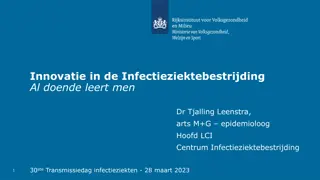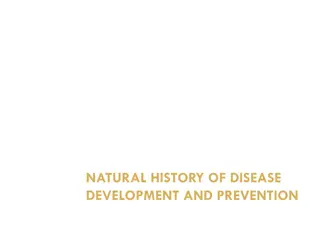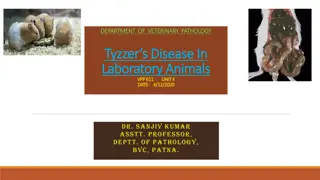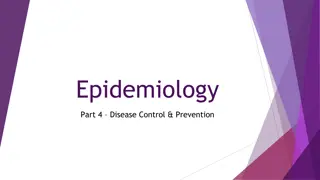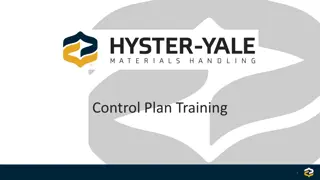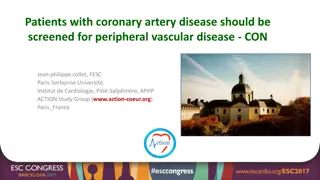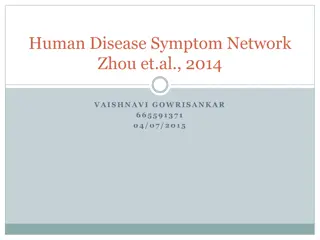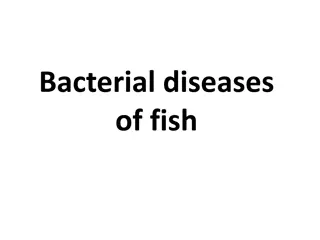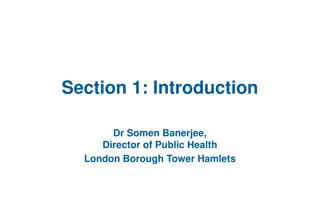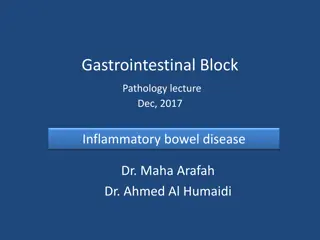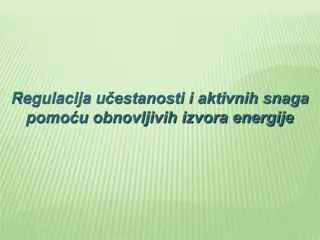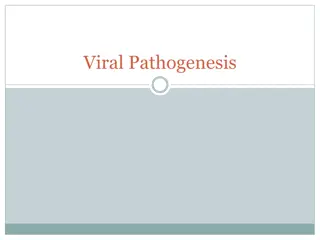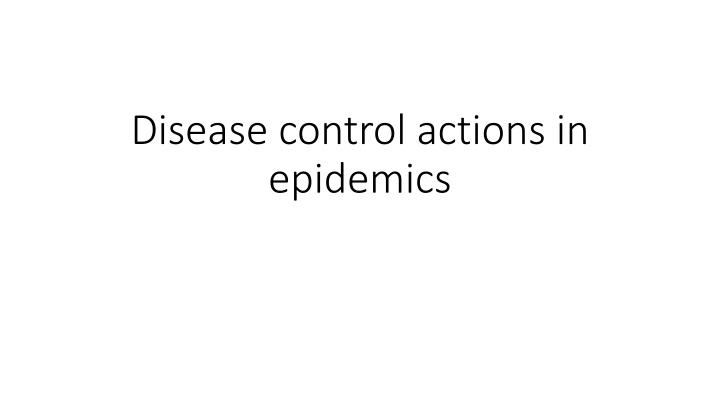
Effective Disease Control Actions in Epidemics
Learn how to implement relevant disease control actions effectively in epidemics through hands-on practice and interactive teaching methods. Explore a list of essential actions such as referral to health facilities, volunteer protection, personal protection equipment, and more to manage infectious diseases. Enhance your knowledge and skills to combat outbreaks efficiently.
Uploaded on | 0 Views
Download Presentation

Please find below an Image/Link to download the presentation.
The content on the website is provided AS IS for your information and personal use only. It may not be sold, licensed, or shared on other websites without obtaining consent from the author. If you encounter any issues during the download, it is possible that the publisher has removed the file from their server.
You are allowed to download the files provided on this website for personal or commercial use, subject to the condition that they are used lawfully. All files are the property of their respective owners.
The content on the website is provided AS IS for your information and personal use only. It may not be sold, licensed, or shared on other websites without obtaining consent from the author.
E N D
Presentation Transcript
Disease control actions in epidemics
Objectives By the end of this session, you will be able to: Practice how to do relevant actions in a good way. Manage to teach the knowledge to others.
1. Divide the participants into the different stations. 2. Start with explaining the action on your station and let them practice. Give them feedback on how they do it. 3. After 15 minutes, let half of the group go to next station, while the other half stay at the same station. 4. The volunteers that practiced the station last round, will be the ones explaining it to the other half. 5. Continue to all have both explained and practiced all the stations. Activity: practice relevant actions
List of actions 1. Action: Refer to health facility (ECV action tool 4) 2. Action: Volunteer protection and safety (Action tool 5) 3. Action: Personal protection equipment (PPE) for highly infectious diseases (Action tool 6) 4. Action: Assessment of dehydration (ECV action tool 7) 5. Action: Preparing an oral rehydration solution (ORS) (ECV action tool 9) 6. Action: Giving an oral rehydration solution (ORS) (ECV action tool 10) Instruction: Chose those relevant for the context and situation for your training (remove this slide) 7. Action: Managing fever (ECV action tool 12) 8. Action: Breastfeeding (ECV action tool 13) 9. Action: Infant and young child feeding in emergencies (ECV action tool 14) 10. Action: Isolating sick people (ECV action tool 20) 11. Action: Advise community members to follow routine vaccination if available (action tool 24) 12. Action: Coughing etiquette (ECV action tool 26) 13. Action: Social distance (ECV action tool 28) 14. Action: Clean, safe household water (ECV action tool 30) 15. Action: Good food hygiene (ECV action tool 31) 16. Action: Sanitation (ECV action tool 32) 17. Action: Building and maintaining latrines (ECV action tool 33) 18. Action: Handwashing (ECV action tool 35): 19. Action: Waste disposal and clean-up campaigns (ECV action tool 38)



